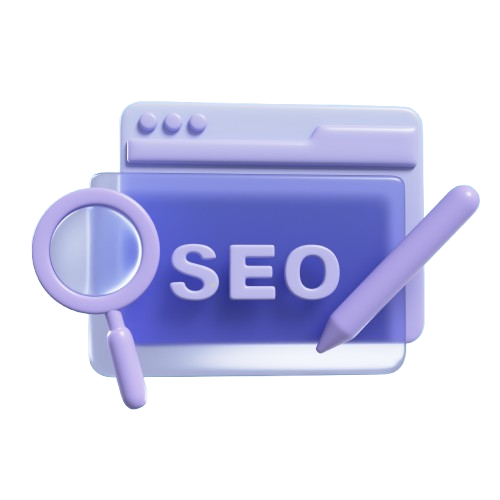Why Regular WordPress Updates Are Vital in 2025: Security, Performance, and SEO for US Companies
Why Regular WordPress Updates Are Vital in 2025: Security, Performance, and SEO for US Companies Introduction In 2025, WordPress remains the backbone of over 43% of all websites, making it a prime target for cyber threats. For US businesses, neglecting updates isn’t just risky—it’s a direct threat to security, performance, and search rankings. Google’s algorithms increasingly prioritize sites with strong security protocols, fast load times, and modern coding standards, all of which hinge on keeping WordPress core, plugins, and themes updated. This guide explores why consistent updates are non-negotiable for American businesses, covering: Security vulnerabilities (60% of hacked sites run outdated software) Performance bottlenecks (Outdated plugins slow sites by up to 50%) SEO penalties (Google’s 2025 algorithms demote insecure or slow sites) Best practices for seamless updates without downtime 1. Security: The First Line of Defense Against Cyber Threats Why Outdated WordPress Is a Hacker Magnet WordPress’s open-source nature makes it vulnerable to exploits. In 2024, 98% of WordPress vulnerabilities stemmed from outdated plugins/themes (Wordfence). By 2025, AI-driven attacks will automate exploits, targeting businesses using obsolete versions. Key risks of skipping updates: Malware injections: Hackers exploit known bugs in outdated code. Data breaches: Unpatched plugins (e.g., WooCommerce) leak customer payment info. SEO sabotage: Google blacklists 19,000+ sites weekly for malware (Google Transparency Report). How Updates Mitigate Risks Patch known vulnerabilities: Example: WordPress 6.5 fixed 20+ security flaws. Strengthen firewalls: Updates often include enhanced security protocols. Compliance: HIPAA/GDPR require secure software for US businesses. Pro Tip: Use tools like Wordfence to scan for vulnerabilities. For deeper insights, see our guide on how to protect websites from cyberattacks in America. 2. Performance: Speed and Stability for UX & SEO The Cost of Outdated Code A 2025 study by HTTP Archive found that sites with outdated WordPress cores load 2.3x slower than updated

